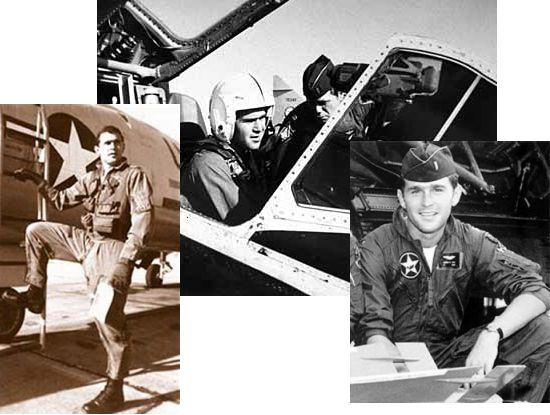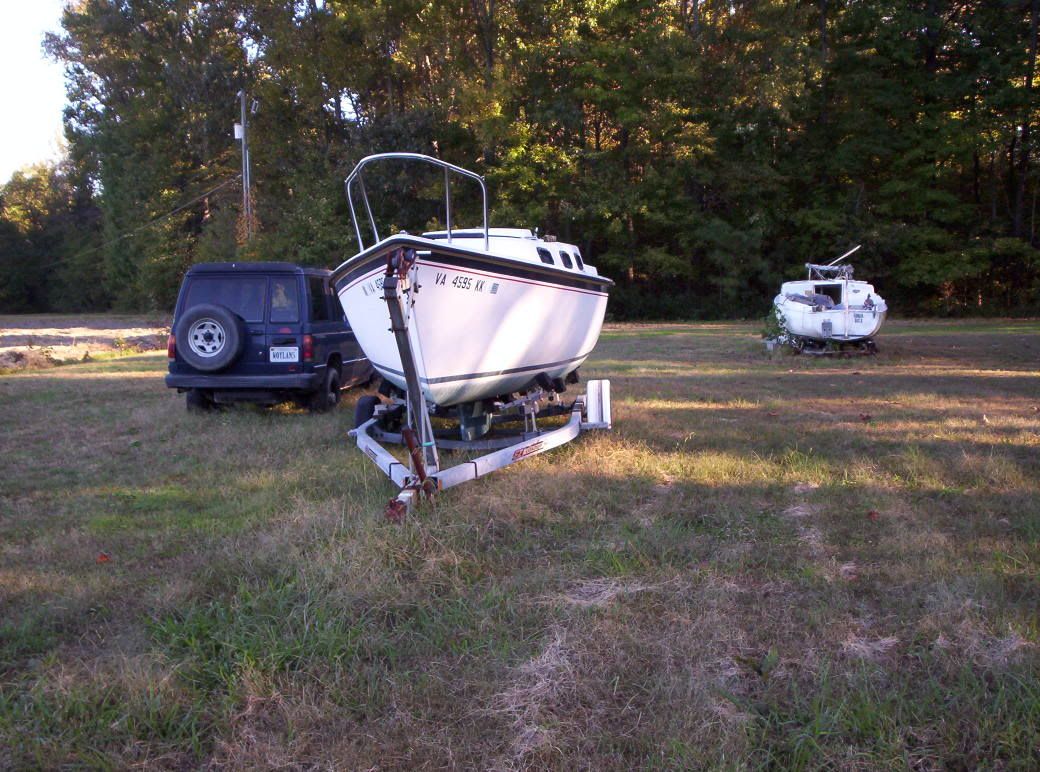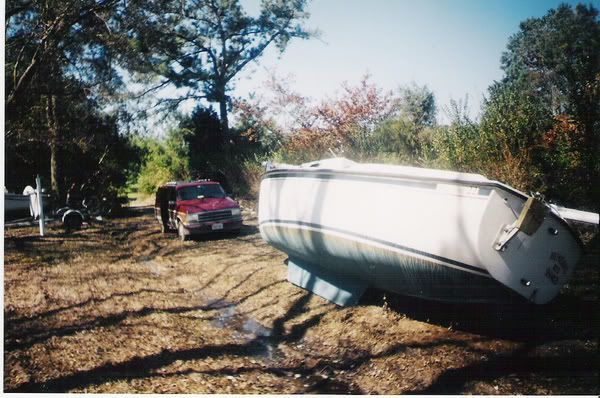Following directly in his Master's footsteps, he devoted himself, body and mind, to the practice of Shikantaza. However, after the Japanese attack on the American base at Pearl Harbor, circumstances obliged the disciple and his Master to part company-we will certainly lose the war," Kodo Sawaki said at their leave-taking. "Our homeland will be destroyed, our people annihilate . . . and this may be the last time we see one another. Nevertheless, love all mankind regardless of race or creed."
Deshimaru was being sent on a dangerous mission over enemy waters, and the Master knew this, and so he removed his old Rakusu (a material worn over the neck and breast, symbolic of a Kesa) and gave it to his disciple, along with his notebook containing the Shodoka. "Respect and have faith in what I have given you," said the Master, "and you will have good karma."
Deshimaru, whose job it was to direct a Japanese-controlled copper mine off Indonesia, shipped out in a convoy of freighters and destroyers. However, once they were beyond Japanese-controlled waters, submarines of the United States Navy made devastating attacks on the convoy, sinking one ship after the other. Deshimaru's freighter was carrying a cargo of dynamite, and whenever a torpedo skirted the bow or the stern, crew members, beyond themselves with fear, plunged blindly overboard. The ship was in the hands of a capable captain, however, and so Deshimaru sat on the forecastle below the captain's cockpit in the perfect full lotus. He sat, calmly and erect, on a case of dynamite. Forty days later Deshimaru's unarmed freighter pulled into the Mekong and threw anchor.
Of a convoy of fifty-one ships, his alone arrived at its destination. The freighter, incidentally, was called The Supreme Law of the Buddha.
Finding himself on the island of Bangka, off the coast of Sumatra, Deshimaru taught the practice of zazen to the Chinese, Indonesian and European inhabitants. However, saddened and depressed by the comportment of his own people (the Japanese Army of Occupation was indiscriminately torturing and executing large numbers of the local inhabitants), Deshimaru actively took up the Bangka people's cause. Tagged as a resistance fighter against the Imperial Japanese Army, Deshimaru was thrown into prison. Despite malaria, the intense heat, the flies, the filth, the lack of food and water, and his scheduled execution, the man sat facing a wall in his cell, with his Master's Rakusu about his neck.
Directly before the mass execution was to take place, word arrived from the highest military authorities in Japan, and Deshimaru, along with all those awaiting execution with him, was set free. (The Japanese Military Tribunal that convened after the war ordered the execution of all those responsible for the Bangka Affair).
Recovered from a life-and-death bout with malaria, Deshimaru again set sail, this time for the island of Billiton, where he was to direct a Dutch-captured copper mine. His ship had hardly set out when American fighter planes swept down on it. Their rockets scored direct hits, and Deshimaru, who was sitting on the bridge in Shikantaza, was hurled clear of the sinking ship and into the sea. Utterly alone, and without a life jacket-with nothing, in fact, except the old Rakusu and notebook on him-he remained afloat for a day and a night. Discovered eventually by a Japanese PT boat, Deshimaru was pulled to safety Though his clothes were torn and half gone, the Rakusu came out intact. And the Master's notes, written in ink, were as fresh and clear as when they were first penned.
When the war was finally over, Deshimaru was taken prisoner by the Americans and incarcerated in a prisoner-of-war camp in Singapore. After many more months of hardship (corned beef rations being their sole luxury), Deshimaru, along with the other twenty thousand Japanese war prisoners in the same camp, was returned to his homeland.
http://www.nozt.org/masters.shtml#anchor567596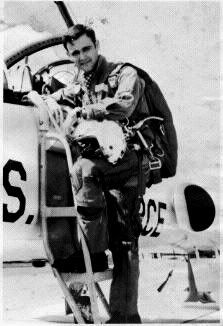 i was already the class commie pinko.
i was already the class commie pinko.
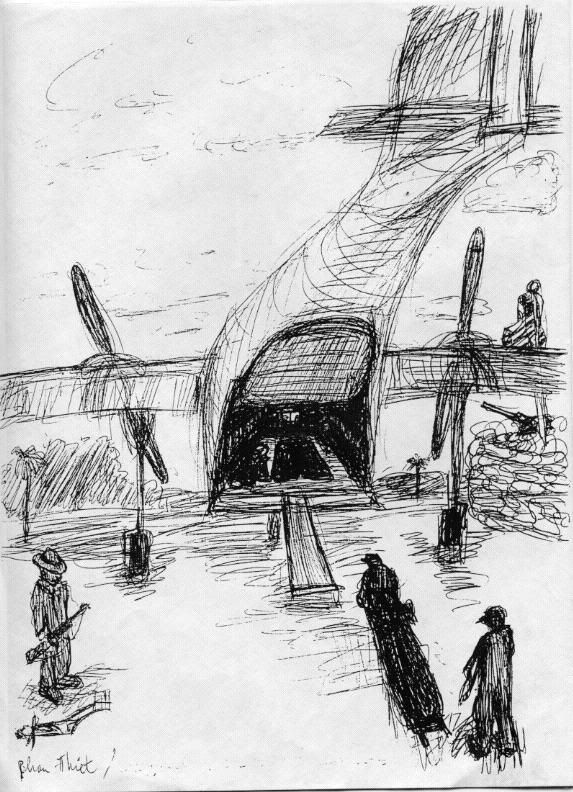
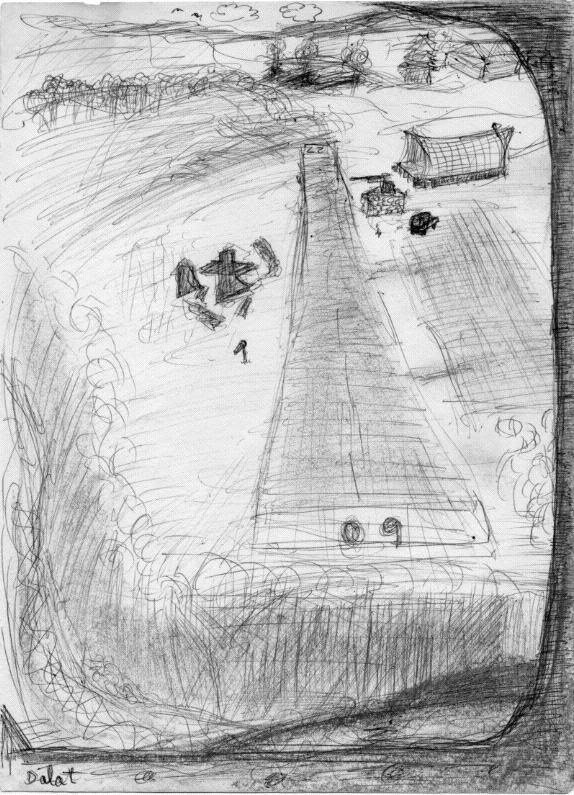
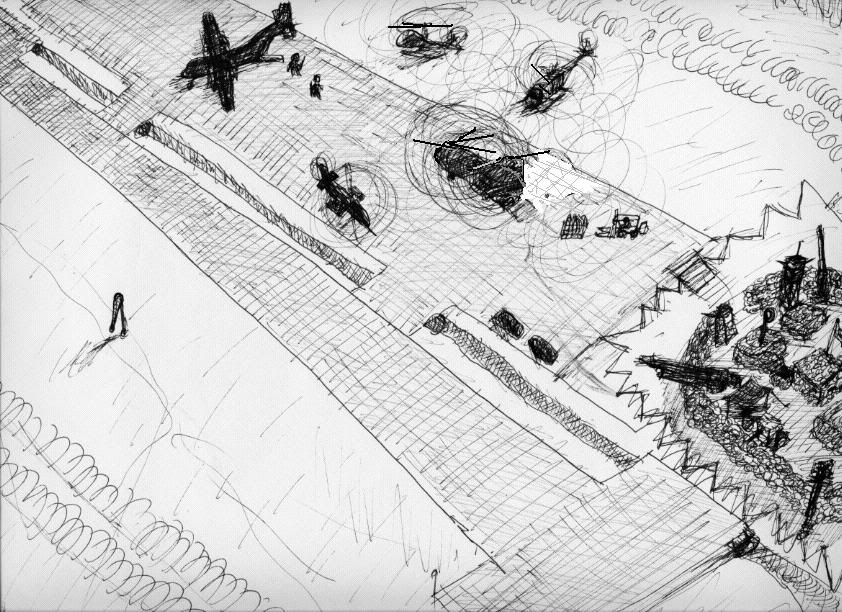
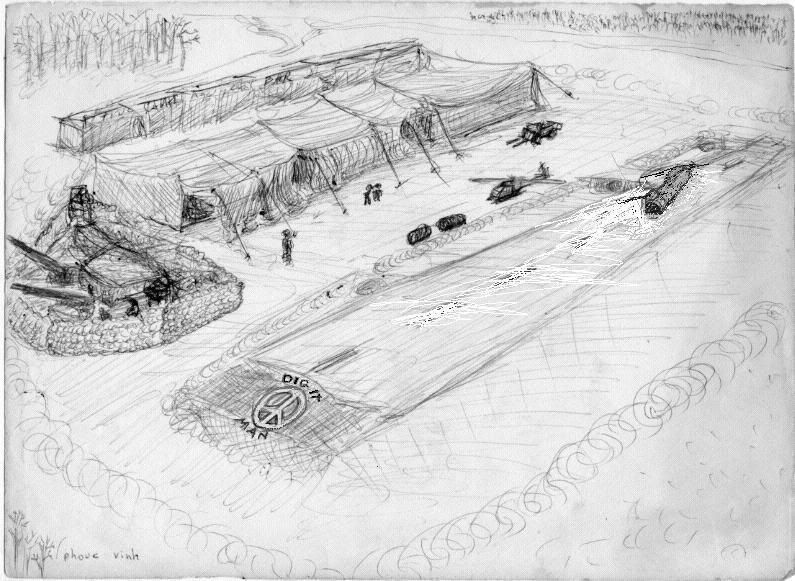

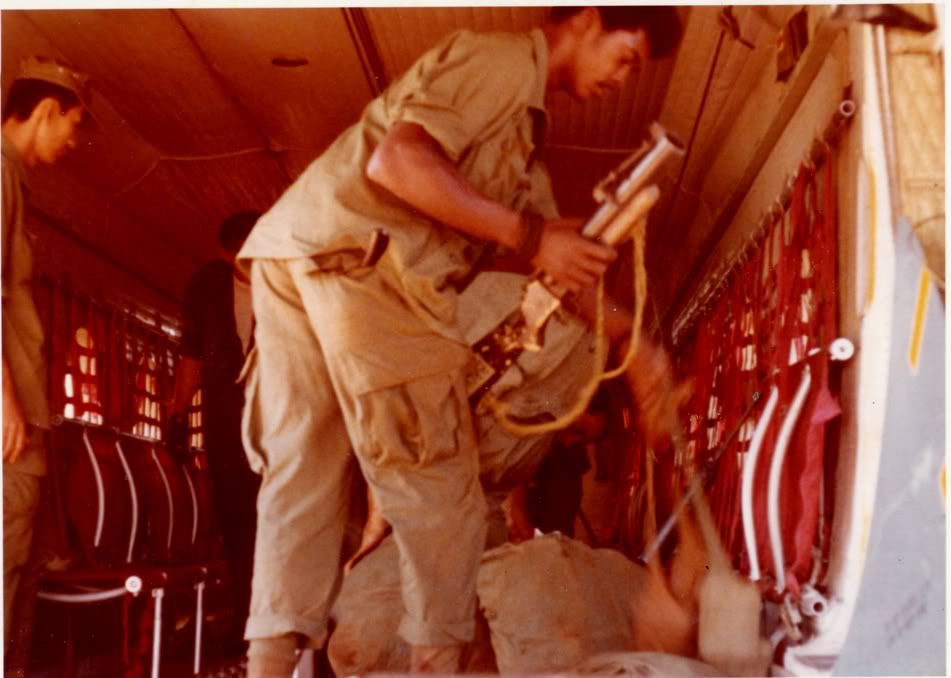
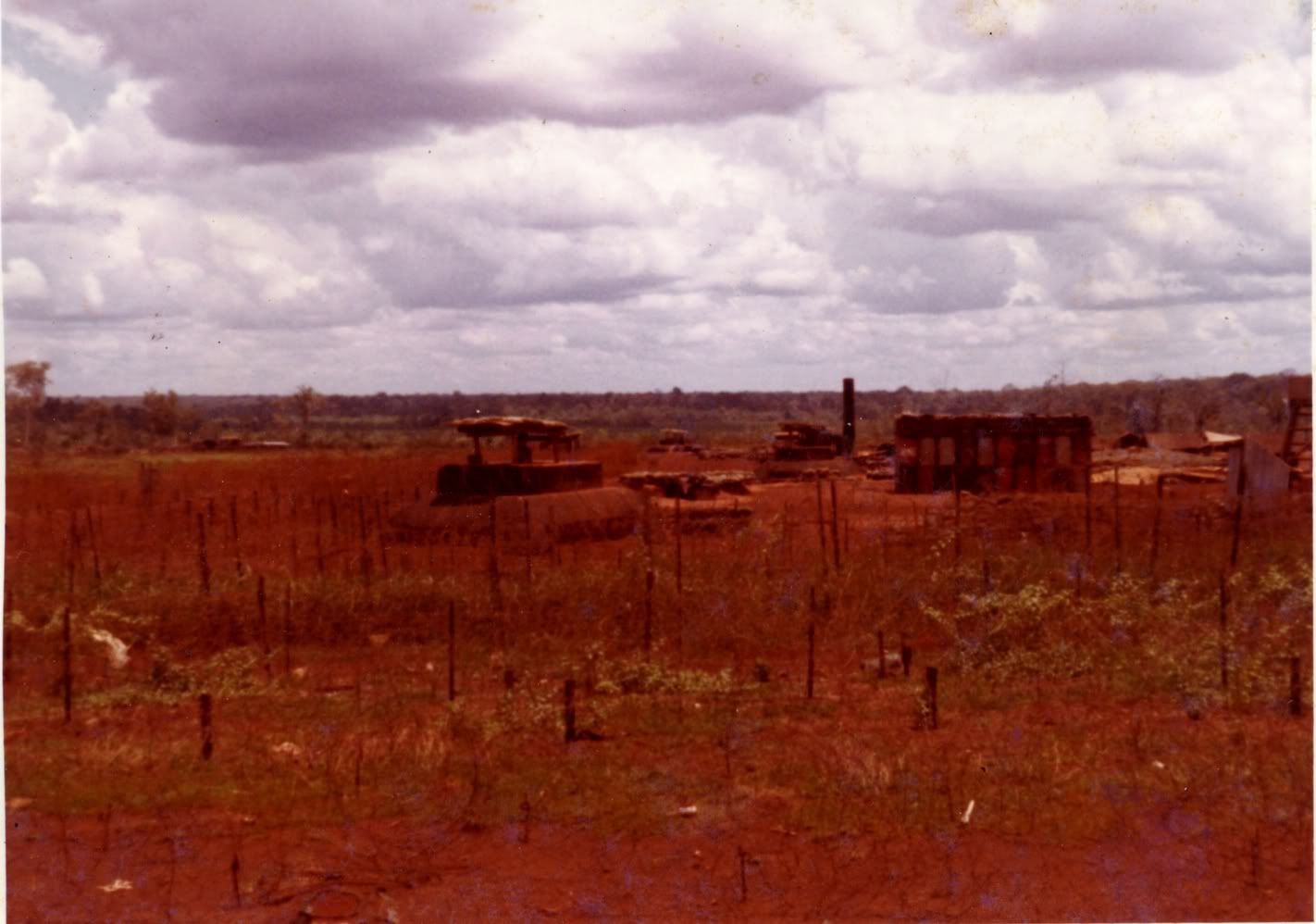


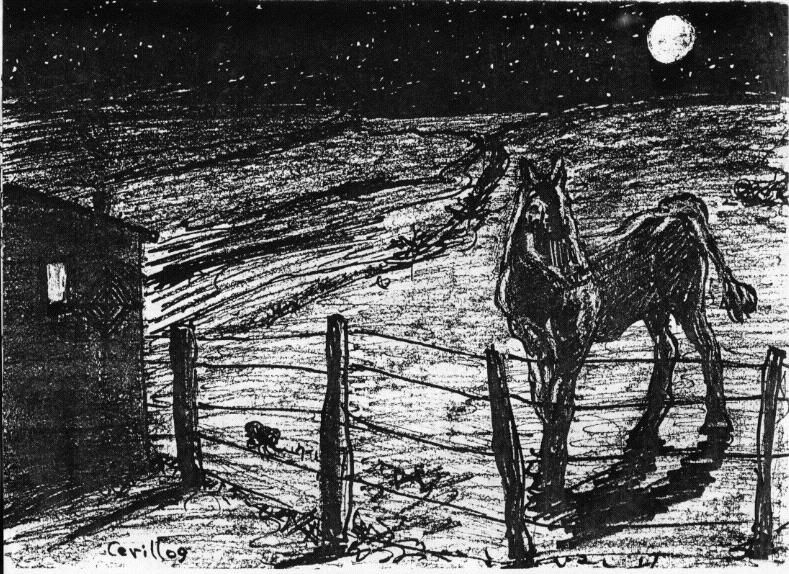
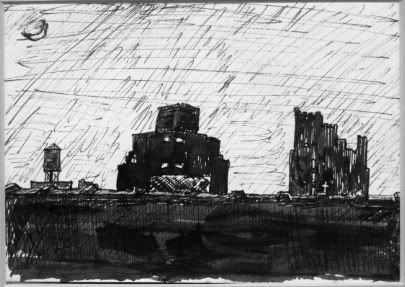 dark lonely art and roadgoing
dark lonely art and roadgoing  and looking at poetic dead ends
and looking at poetic dead ends structuralgeometry
structuralgeometry 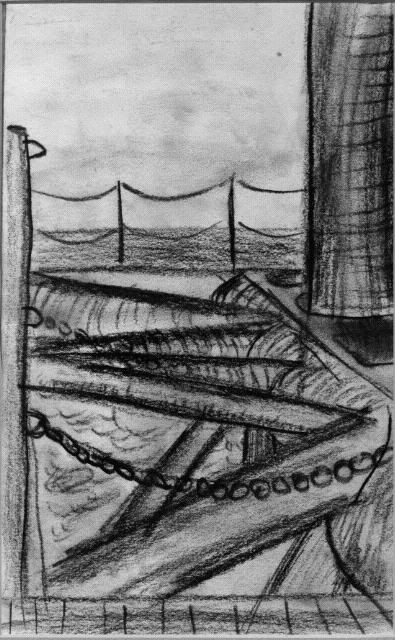



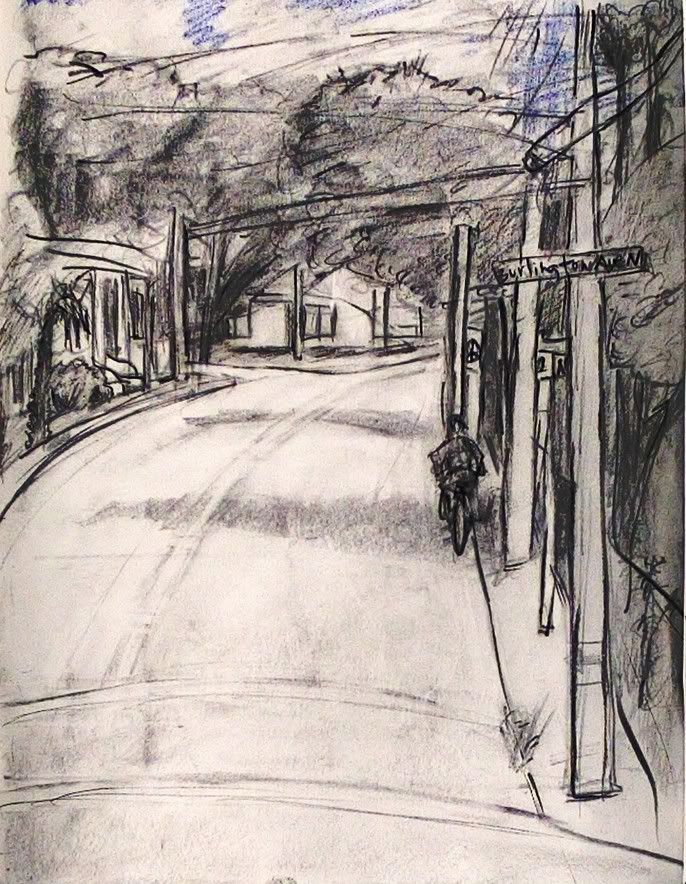
 jimboloco enfermo izquierdisto
jimboloco enfermo izquierdisto